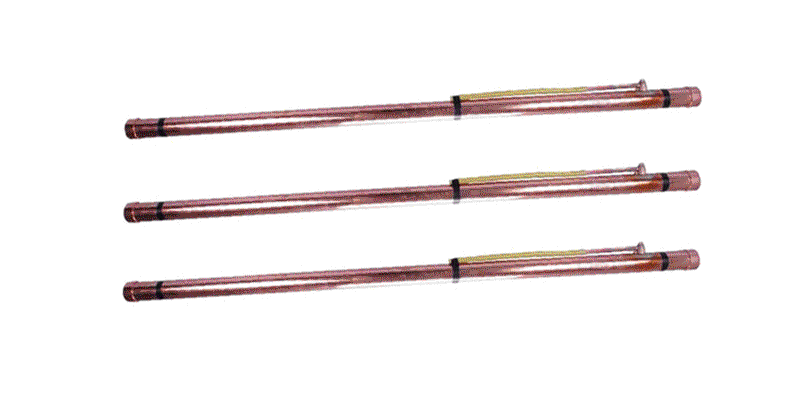1. If the environment permits, the ion
Chemical Ground Electrodes should be buried in a place with low soil resistivity as much as possible.
2. The electrolytic ion grounding electrode should be buried away from heat sources. Staying away from the grounding body slows down corrosion and results in a long ion release time.
3. The buried location of the electrolytic ion grounding electrode should be as far away from places with strong corrosive substances as possible.
The grounding body should be buried as far away as possible from places where people frequently move around, and away from entrances and exits. Otherwise measures should be taken to avoid step voltage hazards.
5. The grounding body should be buried more than 0.6 meters above the ground, and should be buried appropriately when conditions permit. The burial distance should be more than 5 meters.
6. The electrical connection of the buried part of the connecting joint grounding system is strong. Overlap welding should be used, and the overlap length should not be less than twice the width of the flat steel or 6 times the diameter of the round steel, and should be welded on multiple sides. It is recommended that the weld length should not be less than 100mm. There must be no false welding or missing welding. It is best to use exothermic welding, which is both durable and strong.
7. Pay attention to the welding slag, and coat the welding part with asphalt or other materials for proper treatment.
8. Backfill should be made with pastoral soil or fine clay. There should be at least 30 to 50cm of fine soil around the grounding body, and sufficient watering should be done to allow the grounding body to fully absorb moisture.
